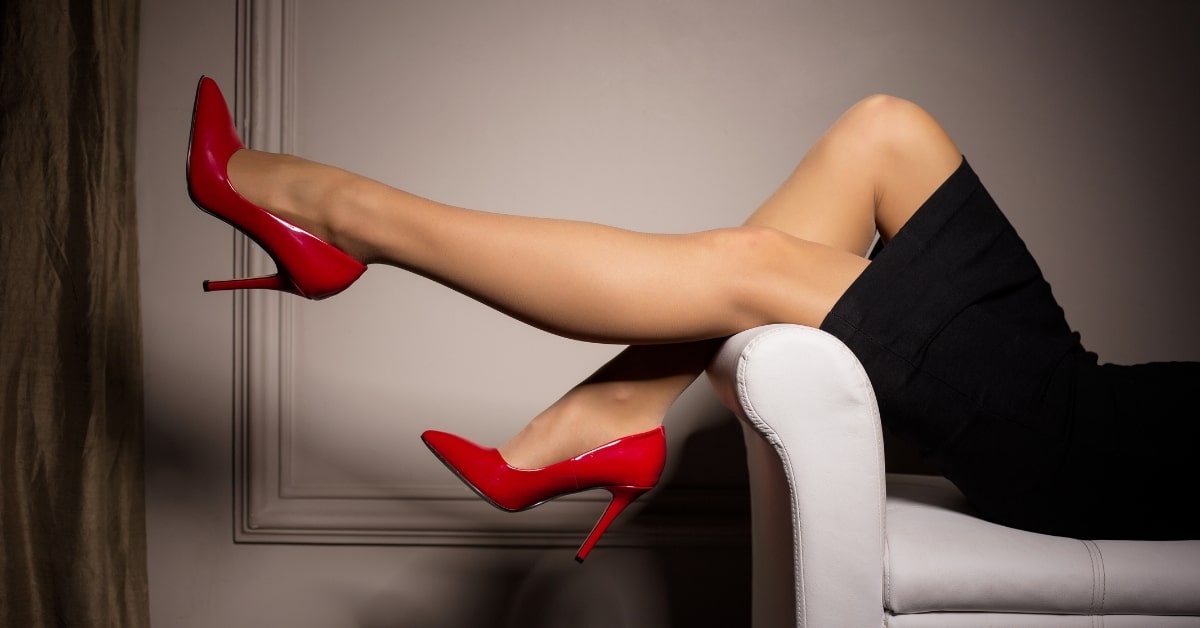In the visually-driven world of e-commerce and fashion, showcasing footwear in the best possible light is essential for grabbing the audience’s attention. Shoe photo editing has emerged as a crucial tool in achieving this goal, allowing businesses and photographers to present shoes with precision and allure. This article delves into the art of shoe photo editing, unraveling its significance, techniques, and considerations for creating visually stunning images.
Significance of Shoe Photo Editing
- Visual Consistency: Shoe photo editing ensures visual consistency across product images, making it easier for customers to compare and choose products. Consistent colors, tones, and details contribute to a professional and cohesive product catalog.
- Highlighting Details: The devil is in the details, especially when it comes to footwear. Photo editing allows for the enhancement of intricate details, textures, and stitching, ensuring that every aspect of the shoe is showcased with clarity.
- Color Correction: Achieving accurate and appealing colors is vital in shoe photography. Photo editing helps correct color discrepancies, ensuring that the product appears true to life and in alignment with the brand’s identity.
- Background Refinement: Backgrounds play a significant role in product presentation. Shoe photo editing enables the removal of distractions, adjustments to lighting, and the addition of a clean and consistent background, placing the focus squarely on the footwear.
Key Techniques in Shoe Photo Editing
- Background Removal and Replacement: Removing the background and replacing it with a solid color or a more visually appealing setting is a common technique. This highlights the shoe and creates a clean, professional look.
- Color Correction and Enhancement: Adjusting and enhancing colors ensures that the shoe appears vibrant and true to the original. This includes adjusting saturation, brightness, and contrast to achieve the desired visual impact.
- Retouching and Cleaning: Retouching involves cleaning up imperfections, blemishes, or scratches on the shoe’s surface. It ensures a flawless presentation, enhancing the overall aesthetics of the product.
- Shadow Addition: Adding shadows to shoe images creates a sense of depth and realism. Shadows can be adjusted to match the lighting conditions, providing a natural and visually appealing look.
When Performing Shoe Photo Editing?
- Brand Consistency: Maintain consistency with the brand’s visual identity. Ensure that the editing style aligns with the overall aesthetic of the brand, creating a cohesive and recognizable look for all products.
- E-commerce Standards: Follow e-commerce platform guidelines for image specifications. This includes image size, background requirements, and file formats. Adhering to these standards ensures that your shoe images meet the criteria for online platforms.
- Professional Editing Tools: Invest in professional photo editing tools or software that offer a wide range of features. Adobe Photoshop, for example, provides a comprehensive set of tools for advanced shoe photo editing.
- High-Quality Images: Start with high-quality photographs. The better the initial image quality, the more flexibility and detail you have during the editing process. Pay attention to lighting, composition, and focus when capturing shoe images.
FAQs
Can shoe photo editing be done manually without software?
While basic edits can be done manually, professional-level shoe photo editing typically requires specialized software like Adobe Photoshop.
How can I achieve a natural shadow in shoe images?
Creating a natural shadow involves using editing tools to add a subtle and realistic shadow beneath the shoe. This can be achieved by adjusting opacity, blur, and angle to match the lighting conditions in the original image.
Is it necessary to edit every shoe image individually?
While batch processing can be used for certain edits, individual attention to each shoe image is crucial for achieving precision. Each product may have unique details or color variations that require specific adjustments.
What file format is recommended for shoe images after editing?
JPEG is a widely used and suitable file format for finalized shoe images. It maintains a good balance between image quality and file size, making it practical for online platforms and e-commerce websites.
How can shoe photo editing enhance product marketing?
Professionally edited shoe images enhance the visual appeal of products, attracting customer attention and increasing the likelihood of purchase.
Conclusion
Shoe photo editing is a vital aspect of presenting footwear in a visually appealing and marketable manner. By understanding the significance of visual consistency, employing key editing techniques, and considering important factors, businesses and photographers can elevate their shoe images to new heights. Whether aiming for e-commerce success or creating compelling marketing materials, the art of shoe photo editing opens doors to presenting footwear with precision, allure, and a touch of artistic flair.
This page was last edited on 28 February 2024, at 10:11 am
